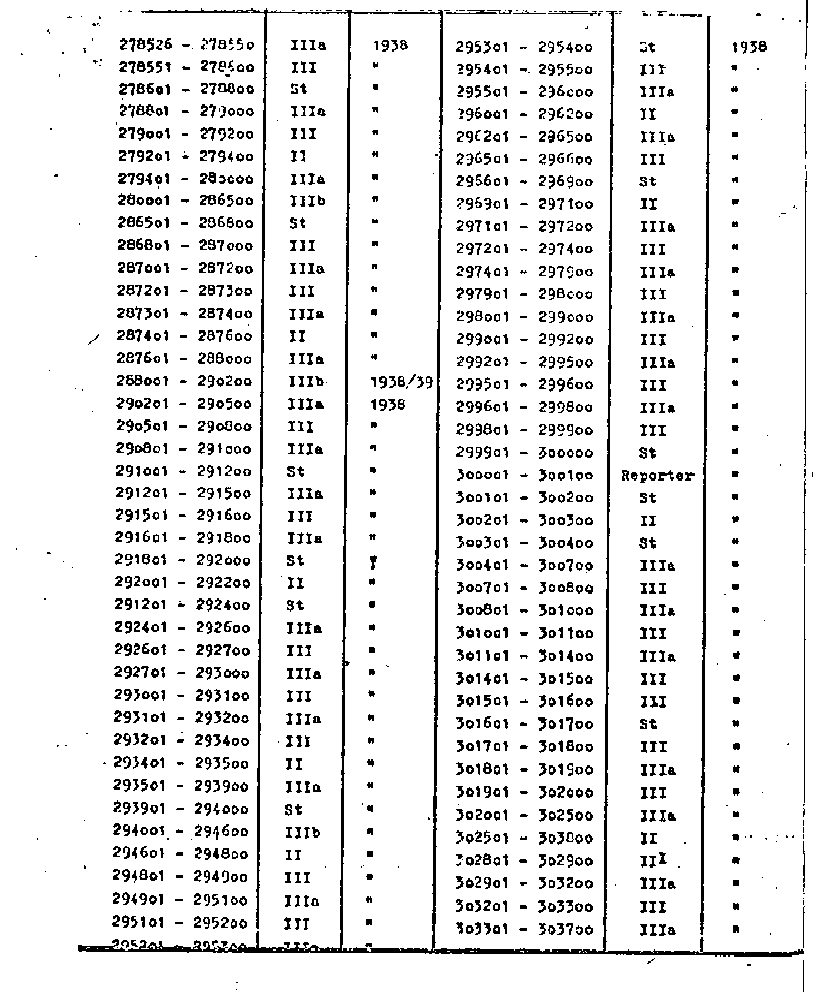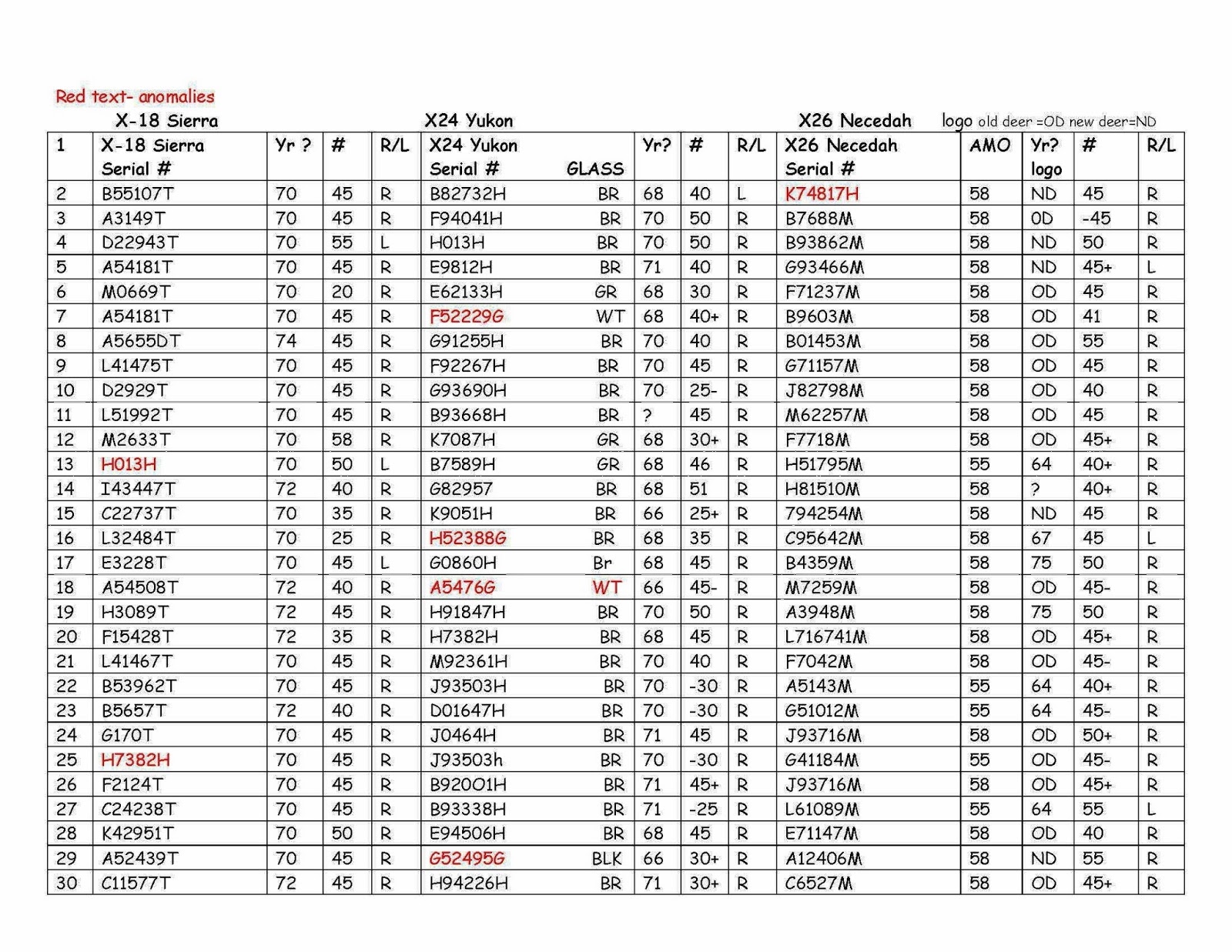
Bear Archery was founded by Fred Bear and Charles Piper in Detroit Michigan in 1933 as the Bear Products Company. The initial focus was on silk-screening and advertising support work for automotive companies. In 1938 Bear hired Nels Grumley, a woodworker and bowyer, and the company expanded to offer hand-made bows. Nels was a fantastic craftsman, and his skills were reflected in the quality of the bows he made. Early on each and every bow which Nels made was either stamped or signed with his name, along with the words 'Bear Products by Grumley' or 'Bear Archery by Grumley'.
Fred Bear sold the advertising side of the Bear Products Company in 1940 to focus on archery. The archery business was renamed Bear Archery. In 1947 the company moved to a new facility in Grayling, Michigan. The Grayling plant focused on making and marketing recurve bows and longbows. After observing Ben Pearson’s successful efforts to machine make bows, Bear changed from hand-made bows to mass produced bows using fiberglass and other modern materials.
Automation did not sit well with Grumley, Bear’s principal old-school bowyer. Grumley knew that mass producing bows by machines instead of individually crafting every bow by hand was not what he wanted, and despite Bear’s attempt at retaining him, Grumley left Bear in 1948. Nels started his own bow making business. However, his private venture lasted only two years before he took a job as a model maker for an appliance manufacturer. Not all Bear bows made in these early years were made by Nels. There were dozens of other bowyers who made Bear wooden bows, mostly the lower line lemonwood models such as the Ranger. These bows were simply marked 'Bear Archery' in a written form. After Grumley’s departure, Bear began using the famous “Running Bear” decal.
Upon Nels departure, Fred moved another employee by the name of Bob Meeker over to supervise the manufacturing of the new bow lines. Even though bows were then largely the result of machine work, Bob came to be considered a fine bowyer in his own right.
The first new bow model which was introduced in 1949 after Nels’ departure was the Grizzly. The Polar and Kodiak were introduced in the following year, 1950.
Fred had been tinkering with take-apart and take-down bows of different styles for 30 years when in the mid-1960’s he began working on a new design that would require no tools for assembling/disassembling the limb and riser sections. Finally, in August 1969 the Bear Take-Down recurve went into production, appearing for the first time in the 1970 catalog. Unfortunately, the TD did not sell well and the line was discontinued after just 2 years.
Fred was an avid hunter and promoter. By traveling the world and producing films about bow hunting, Bear’s name and face became famous among archers and hunters. Bear was hands on with design, development and manufacturing processes at his company. Archery equipment was carefully examined and tested by men who had expertise in bow making, and many years of experience in the industry. Bear obtained a patent for something called “Glass Power” which was Fiberglas strands bonded together and running full length on every bow. Skilled workmanship, top quality material and precision machines resulted in a high demand for these well-crafted bows. Bear’s various models of the Kodiak bow became best sellers, and are still highly valued today.
Fred Bear sold the company to Victor Comptometer in 1968, but remained president. From 1968 to today, Bear has changed ownership a half-dozen times.
Bear wrote or played a major role in three books during his lifetime. The first was The Archer’s Bible in 1968. Many thousands of copies of this book were sold for many years after it's introduction. The next book was 'Fred Bear’s Field Notes', first published in 1976. It details many of Fred’s remarking hunting adventures. The third book was 'Fred Bear’s World of Archery', published in 1979. This was a comprehensive book about archery and Fred’s involvement with it. red Bear was also the first president of Michigan's oldest archery club, Detroit Archers.
Old Bear Compound Bow Models
At 30.75' axle to axle, this bow is easy to maneuver in tight spaces, and since it weighs in at 4.5 lbs., it's easy to hold steady on target. The Bear Archery Vast Ready to Hunt (RTH) Compound-Bow Package includes: Trophy Ridge 4-pin sight, Trophy Ridge Quick Shot Whisker Biscuit arrow rest, 5 Spot quiver, Blitz stabilizer, peep sight, and D-loop. 1 Congratulations! Your new Bear Archery compound bow is the finest available. It has been engineered for accuracy, long life.

Enter your search keyword. Vintage BEAR ARCHERY GRIZZLY II COMPOUND BOW RH Right 55# @ 31' Draw. Vintage Compound Cobra Archery Bow Serial Number F7A10437 Man. I further told the person I would call PSE direct and PSE advised the bow limbs were under warranty and they did not have the serial number in their system due to the age of the bow but said it was not uncommon for someone to seek repairs on a bow of that age.go ahead and grin.the lady did make me feel a little better.
Bear Archery Compound Bow Serial Number Lookup Number


Bear Archery Compound Bow Serial Number Lookup Online
Fred struggled with chronic emphysema later on in life, and suffered a heart attack while living in Florida and was admitted to a hospital in Gainesville. He remained in the hospital for a month, and died after another heart attack on April 27, 1988. His body was cremated, and his ashes spread near the AuSable River in Northern Michigan, where he liked to flyfish.
Bear Archery Serial Number Dating
The Bear Authority compound bow has been created by Bear Archery for the 2014 season as the easy to access performance bow that has been equipped with the latest technology for a reasonable price. The bow will deliver impressive speeds on the back of a smooth draw and efficient cam system but the price point is low.
Search & compare compound bow prices from top sellers. Use our unique bow selector to find the best bows for your needs and within your budget. A compound bow has a fixed draw length. In other words, you draw it back to a certain point and it stops. A compound bow must be adjusted so that its draw length is correct for the archer. It is recognized that variations in draw length and/or draw weight can affect the percent of let-off on compound bows. Some compound bows incorporate a “spirit level” which tells the archer if his or her bow is tilted.
If you checked your timing every couple of days and kept a bow press handy, you could keep these high-performance two-cam bows working fine, but you had to really watch them closely. One hot day in the back seat of the car and the synthetics making up the string and harnesses cooked. The wax between the fibers melted out and everything stretched. Mission bows are made by Mathews and come with great features including a Dead End String Stop and D-Amplifiers which quickly destroy vibration. The Riot is a cool-looking split limb bow that comes with an adjustable dual cam system that will fit a wide range of bowhunters.
Speed may be the final variable to think about when choosing among compound bows available for sale. Honestly, most hunters never actually pay much focus about this. That is since nearly any bow that’s not overly heavy can put big game animals down at less-than 40 yards. Those who prefer long shots really are the ones who have a need for speed. The ideal types can send arrows at more than 340 fps. In literature of the early 20th century, before the invention of compound bows, composite bows have been described as “compound”. 2 This usage is now outdated. Construction of compound bow edit
Ranking as another top favorite among Matthews compound bows, the Outback is regarded as a sleek and easily-managed bow. With a smooth pull, even at higher weights, it is easier to manage to get more power behind the arrows without the expense of too much to pull. It features a high performance cam (including an ‘inertia disc’) to reduce violent recoil and help put more speed to the bows itself. Lightweight at just over four pounds and attractive in appearance as well in performance, it’s a solid bow. If you use too few strands, you are likely to get some “creep”; particularly on the high poundage bows at high temperatures.